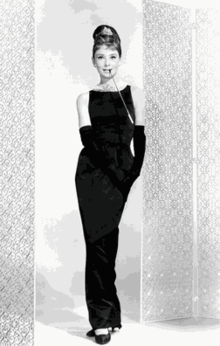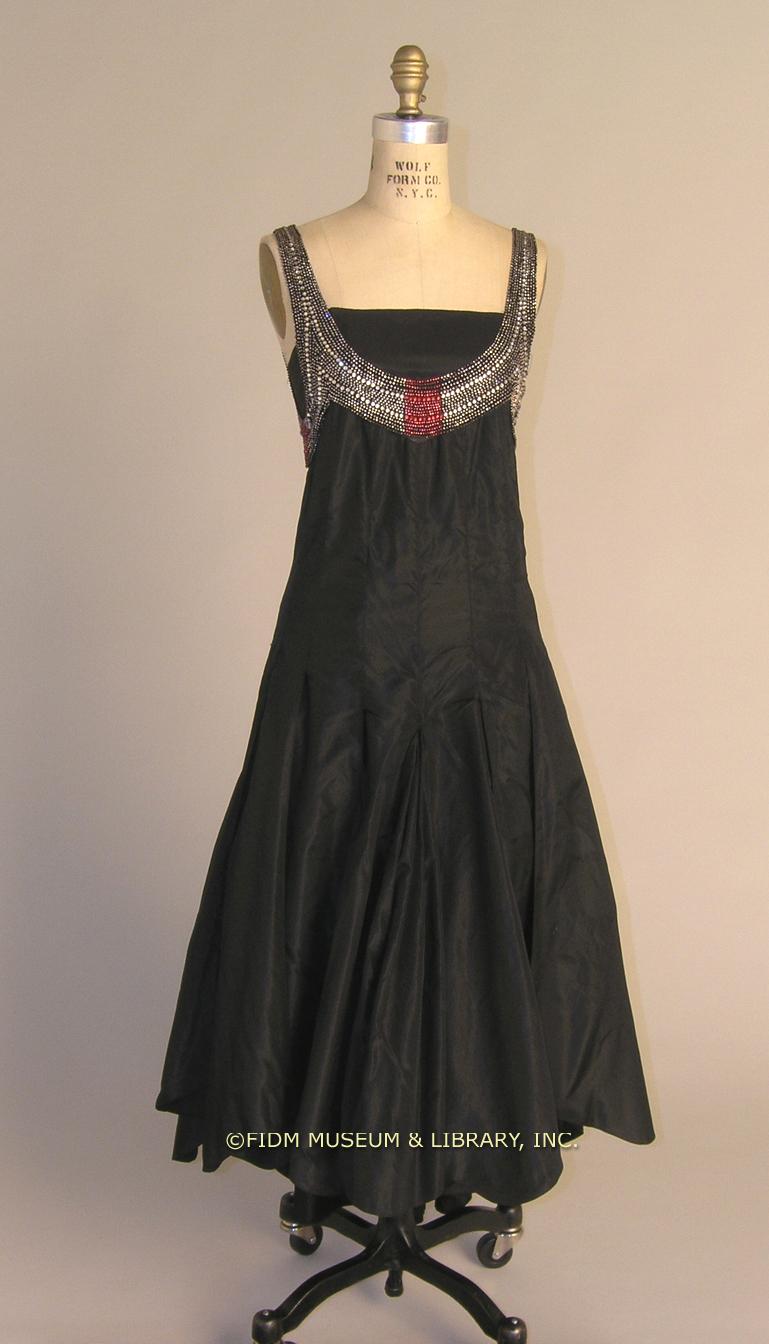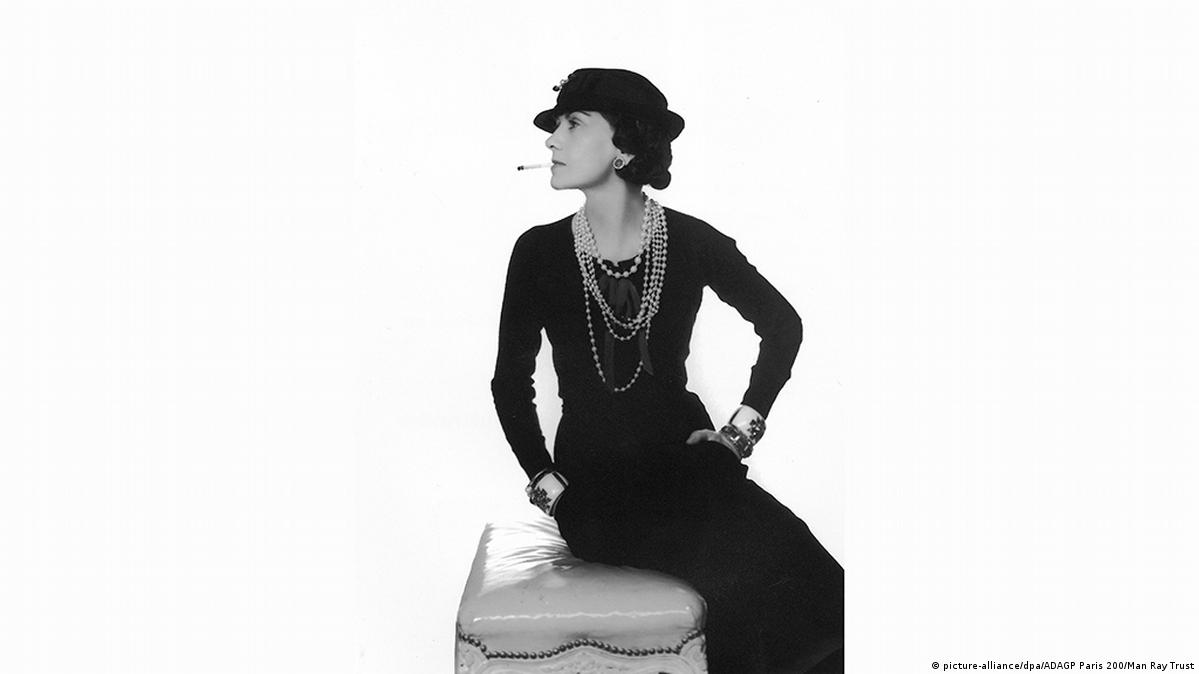
4.7 (426) · $ 55.00 · In stock
Description

Little black dress - Wikipedia

Black Givenchy dress of Audrey Hepburn - Wikipedia

Kenya Bell - Wikipedia

Ladies in Black (film) - Wikipedia

Caterina Murino - Wikipedia

Two Black Cadillacs - Wikipedia

Betty Boop - Wikipedia

27 Dresses - Wikipedia

File:Jennifer Cook at Ed Asner Center.webp - Wikipedia
During the nineteenth century, black clothing was usually worn to signify a special status, i.e. mourning, religious piety, extreme poverty or a position of economic and social authority. Because many professional men adopted black suit coats after 1850, black clothing was also associated with masculinity. Though women certainly wore all-black on some occasions, these ensembles were usually worn for specific activities, such as mourning or equestrian pursuits. Black slowly began to enter the realm of fashionable dress in the late nineteenth century when it was adopted by a few daringly audacious women for day and/or evening dress. The infamous black dress worn by Virginie Gautreau in John Singer Sargent's 1884 painting Madame X, though shockingly revealing for the 1880s, is a prescient vision of what would become one of the twentieth century's most iconic garments, the little black dress. Black dresses slowly gained ground through the early years of the twentieth century, earning the nickname "little" as the elaborate embellishment of late nineteenth century dress gradually dropped away. A November 23, 1906 society feature in the New York Times titled Society Women Wear Black indicates that all-black dress was fashionable but was still considered novel enough to inspire comment. During World War I, mourning dress was so widespread that black dresses were, almost necessarily, created in tune with the latest fashions. For the many women who worked outside the home during World War I, black garments were also a practical choice for everyday dress. Black also entered the fashionable lexicon via the work of Chanel, who presented a collection consisting primarily of black dresses in 1919. Others, including Poiret, Lanvin and Fortuny were also experimenting with the potential of black during this same period. By the late 1920s, the little black dress had become a wardrobe essential. The images below feature a selection of little black dresses from the FIDM Museum collection. When looking at these images as a group, an impressive continuity is apparent. Despite slight differences in silhouette the primary characteristics of a little black dress, simplicity and an understated elegance, remain the same from decade to decade. Evening dress Silk taffeta 1927-29 Transfer from the Museum at FIT 2004.291.21

The Little Black Dress - FIDM Museum
It's just a dress. But the LBD's iconic absence of color has made it fashionable and versatile for 90 years. Here's a tribute to the little black dress - elegant, provocative, long, short, narrow or wide.

The iconic little black dress turns 90 – DW – 09/30/2016
Illustration of Chanel's little black dress from American Vogue

Scarlett Strallen - Wikipedia